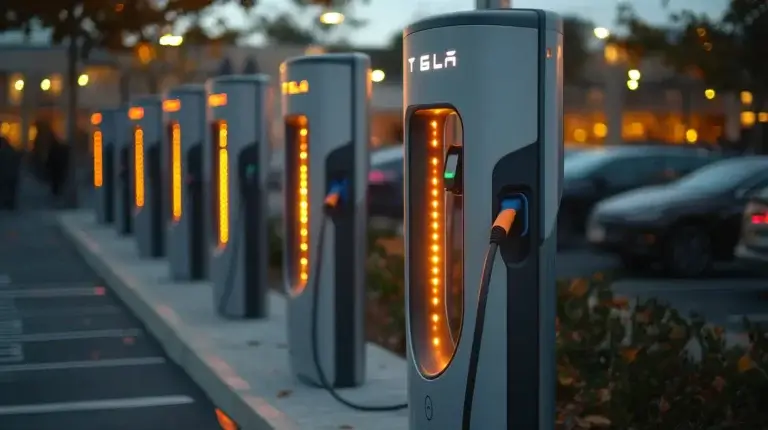2024 Budget Impact on EVs & EV Charging
With the exception of a limited number of items, the UK Government’s Spring Budget 2024 has been widely criticised by a range of motoring, manufacturing, charging and environmental groups for its lack of support for electric vehicles and the EV charging market.
There’s simply no other way of describing it.
In this article, we cover a broad range of the issues raised and explore policy changes the budget could have initiated that would have benefitted both motorists and businesses without compromising public finances.
Analysis & Roundup: 2024 Budget Impact on EVs & EV Charging
Fleet News describes the implications of ‘full expensing’ vehicle leasing; which is one of the few high points[1].
This policy is a 25p per pound tax-break for business investments and includes vans. Unfortunately, it doesn’t include cars, nor vehicles bought with the intention to lease, which is a common mechanism used to incentivise EV take-up.
Why would it be a bad thing to make it easier to invest to lease EVs, when EVs still occupy somewhat higher price points? And make it easier for businesses to lease EVs from other businesses for the same reason?
Many publications cover the frozen Fuel tax. Carbon Brief notes that the freeze (and cut) on Fuel Duty cost the UK 21,000,000 tonnes of CO₂ in 2022 [9] while benefiting the well-off more than people on lower incomes, because they tend to have larger cars and drive further.
Relatively-speaking, petrol is now 15% cheaper than in 1983[2]; a time before climate issues were considered – before there were any alternatives to fossil fuels and when cars were 18% less efficient.
This means petrol is now effectively 30% cheaper than in 1983[3].
At current fuel prices and vehicle efficiency, the average car (with 37 mpg) now costs 17p/mile; while the average hybrid (at 59 mpg) achieves 11p/mile.
EV charging paints a different picture.
Public charging is sitting at an average of 80p/kWh for rapid chargers[6] while domestic electricity will average 24.5p/kWh from April 1 [4], and can already be as low as 9p/kWh via Octopus Go or similar[5].
Given that EVs can typically achieve about 3.6 to 4.0 miles per kWh[7] it means that EVs can charge at home at 2.4p/mile, but rapid charge at 21p/kWh, making long-distance EV travel 24% more expensive than an average car, and an astounding 91% more expensive than a ‘self-charging’ hybrid.
This is why SMMT and other motoring groups have been calling for a halving of the 20% VAT for EV charging[8], as this would marginally help long-distance EV journeys and EV owners without access to off-street parking.
Rapid public charging would still be left more expensive than petrol, but public charging revenue would increase, offsetting the mere £4m it would otherwise cost the government[10].
Yet they didn’t do that.
Sticks Instead of Carrots in the 2024 Budget for EVs and EV infrastructure
All this makes it look like Government changes to charging infrastructure legislation from 2023 are looking more like a means to punish the EV industry.
The catalogue of sticks – rather than carrots – include:
- Fines of £10K for every non-functioning EV charger (it would be better to establish nationwide EV charger 24/7 maintenance providers).
- No requirement for Contactless payment on fast AC (i.e. 7kW to 22kW) chargers (government support could make this lower cost for manufacturers).
- No alternative requirement for a national RFID or charging app (which would share app costs amongst EV charger providers).
- A luxury car tax for cars more than £40K, which currently penalises EV buyers.
- All EV car grants having been removed.
- VED being introduced for all EVs.
- No means for EV owners with no off-street parking (i.e. 40% of potential EV owners) to charge at domestic rates.
Finally, expensive public charging costs go a long way to explaining why Plug-in hybrids (PHEVs) are experiencing a resurgence in popularity despite a lack of model choice and high relative costs.
Two or three years ago, full EVs (BEVs) started to outsell PHEVs at a ratio of 2:1, but in 2024 their growth rate has been about 50% higher than for BEVs even though that market has made huge strides in every respect.
Put simply, plug-in hybrid users can charge cheaply at home and fuel up more cheaply on long-distance journeys[8].
In conclusion: the government keeps emphasising their determination to end the ‘war’ on motorists. However, the lack of support for the EV transformation (which is supposed to complete by 2035) appears instead akin to a ‘hybrid’ war on EV drivers, manufacturers, charging infrastructure businesses and municipalities trying to reduce inner-city pollution.
In other words, everyone who is (or would like to) help achieve Net Zero transport.
At this rate, the one bright light, the 20% ZEV mandate, looks likely to fail by the end of 2024.
Further reading
[1]. Fleetnews.co.uk
[3] ora.ox.ac.uk
[4] uswitch.com
[5] Octopus.energy
[6] zap-map.com
[7] ev-database.org
[8] SMMT.co.uk
[9] Carbonbrief.org
[10] *Versinetic LinkedIn post on the cost of halving charging VAT on EVs (I’ve done the calculation: 1m EVs on the road, 7K miles per year each on average, 90% charging at home, 3.8 miles per kWh, 2.2p/kWh saving from a 50% cut in VAT => £4.1m government cost).

Julian Skidmore is Versinetic’s EV Industry Analyst.
He has a Computer Science degree from UEA and an MPhil in Computer Architecture from Manchester University, as well as over 20 years of experience in embedded systems development.
As a senior software engineer, Julian has worked on EV charging and V2G projects, and has also co-authored EV-related articles for the electronics industry press.
Julian is a proponent of the zero-carbon society and a Guardian News ‘climate hero’. He has owned a battery EV for over two years, has investments in wind farm cooperatives, and has a 4KW domestic solar PV installation.



